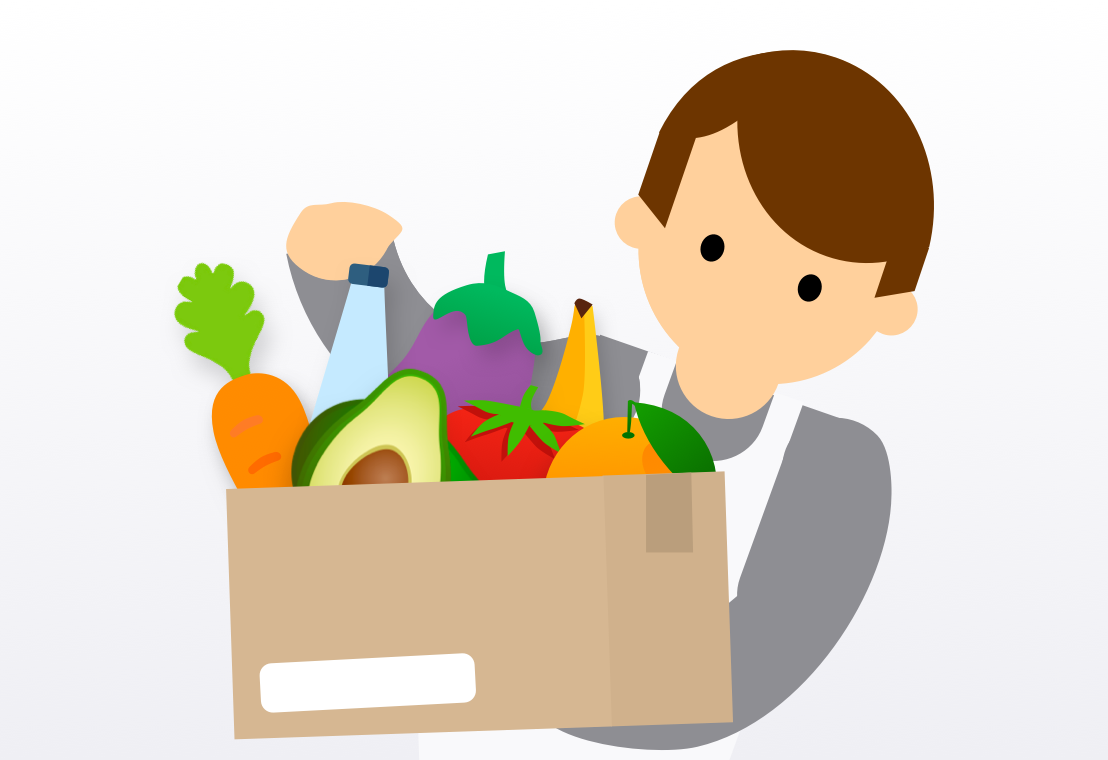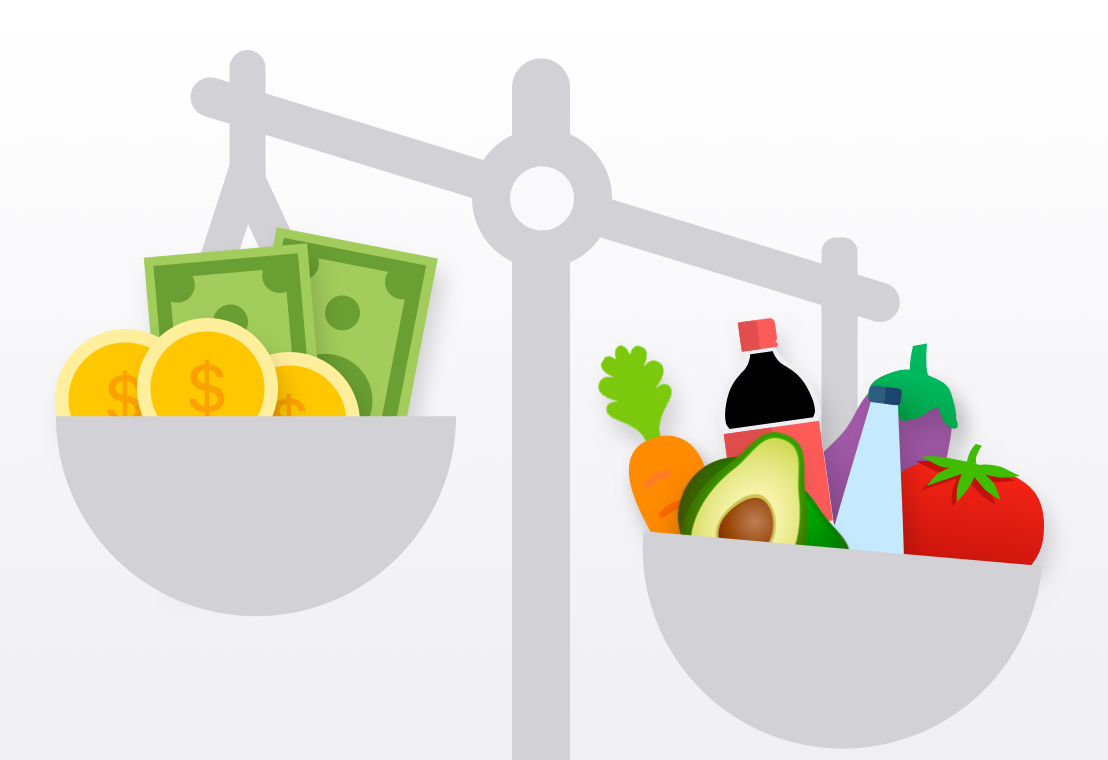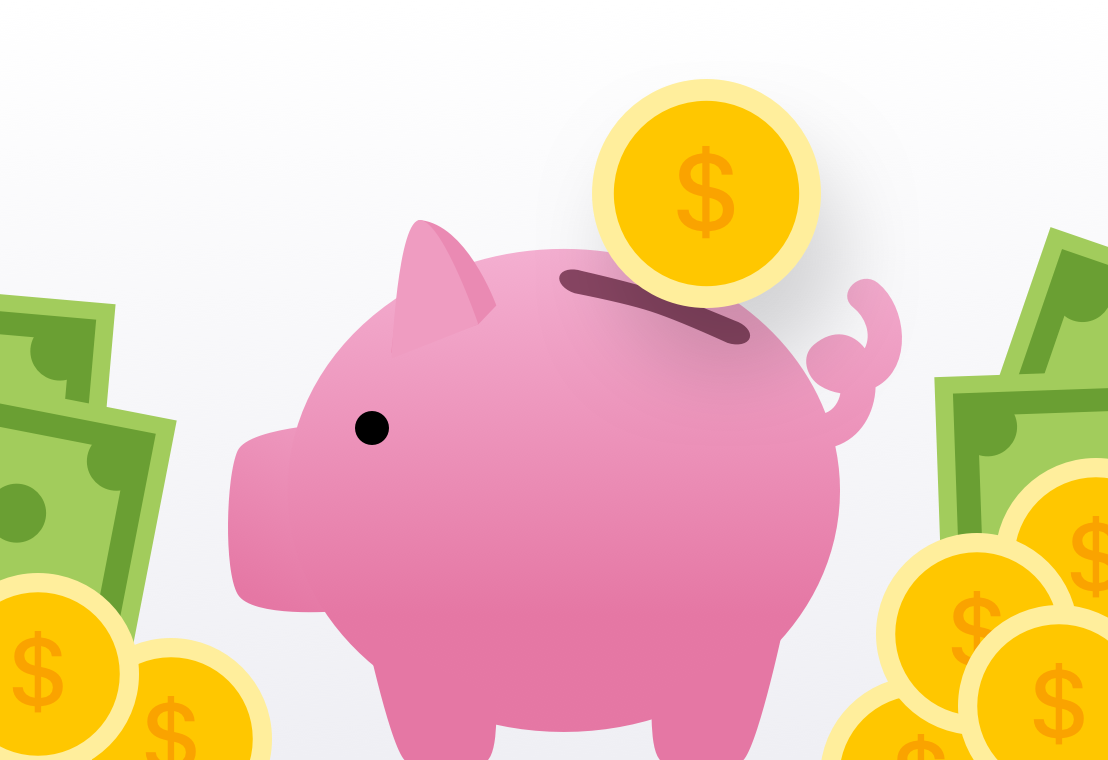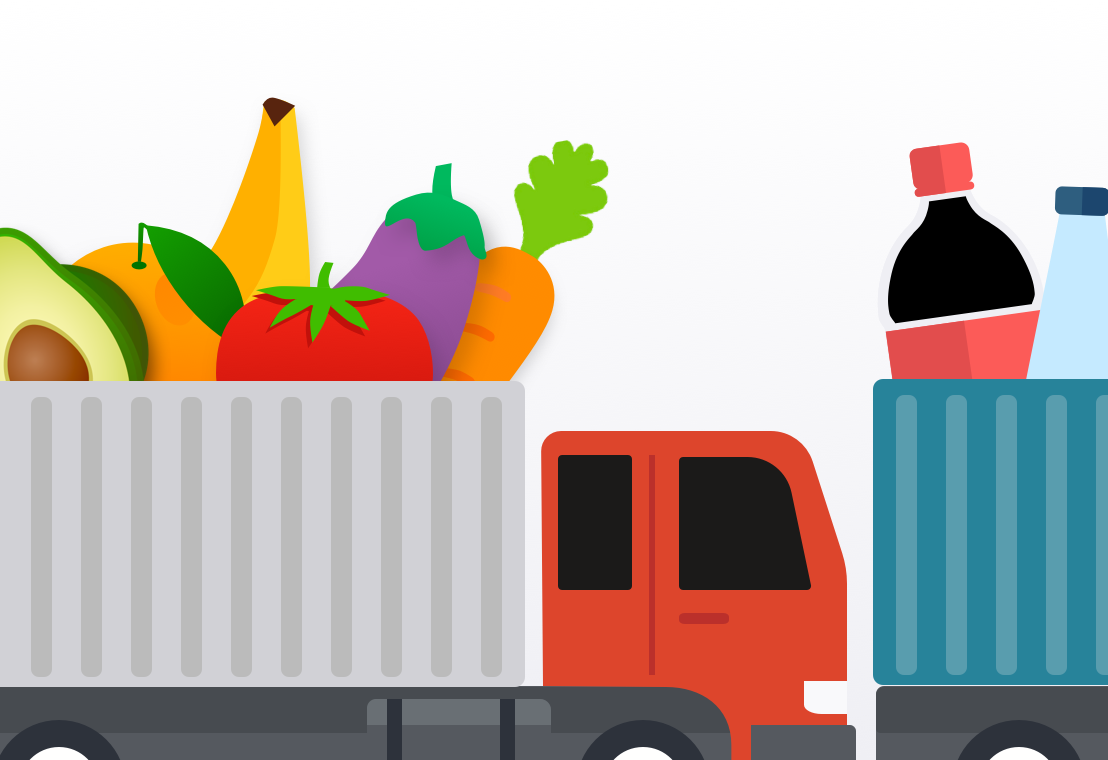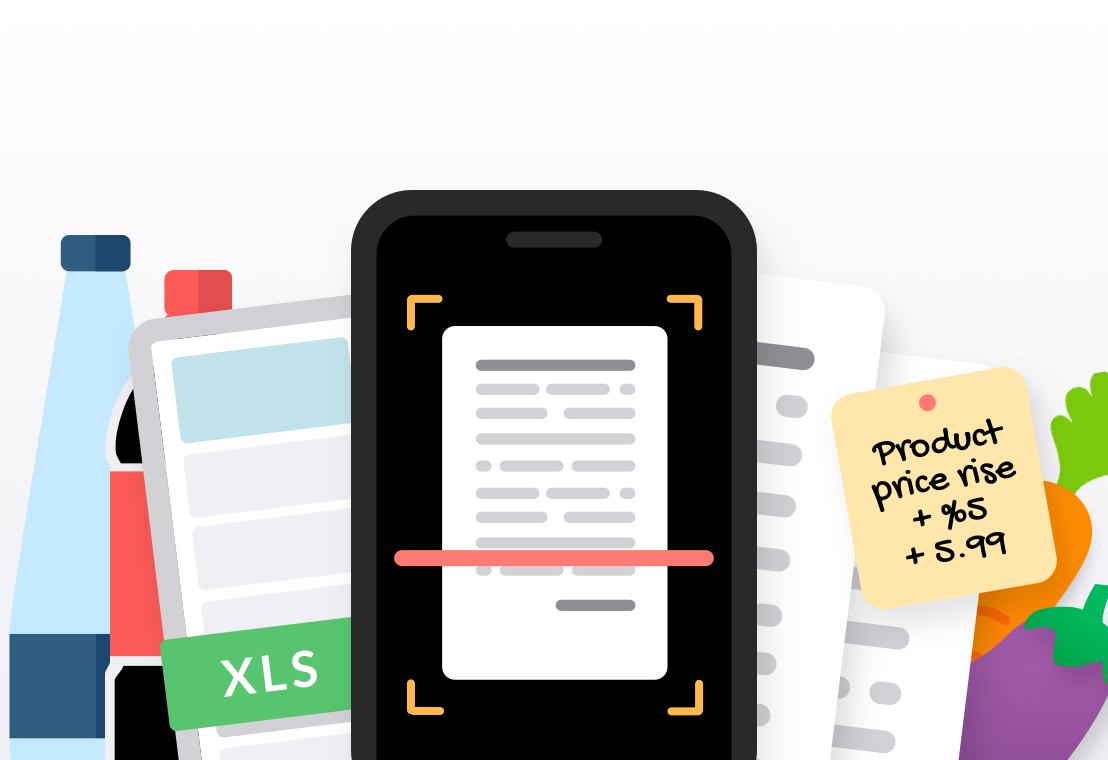3 common supplier challenges – and how to solve them!

Let’s be honest – all relationships experience highs and lows. As a restaurant owner, your relationships with your suppliers are no different.
And while you don’t want to necessarily become best mates with them, you do want to maintain an open, friendly and respectable relationship. After all, you rely on your suppliers for your restaurant’s supply, stock control and profit. Ultimately, your suppliers play a huge role in your success (or demise).
But what do you do when the supplier relationship turns sour? When your suppliers fail to deliver and let you (and your restaurant) down? When you can no longer ignore supplier issues?
Firstly, acknowledge that you’re not the first restaurant owner to experience supplier problems. Then, work to overcome those challenges so that your supplier relationship is repaired, healthy and back on track.
Need guidance about how to overcome supplier challenges? Read on, as we’ll explain the top 3 common supplier problems in business and the practical steps you can take to quash them.
1. Quality of service
When you engage a supplier, you expect a certain level of service. You’ve entered that relationship – and ideally signed a contract – so it’s not unreasonable for you to expect your suppliers to fulfil their side of the agreement.
Poor service is the most common supplier issue we hear. So this is what you can do about it:
Incorrect delivery
Let’s say you receive beef cheeks instead of beef steaks. Damn. The effort required to return the product may be too much. So now’s time to think on your feet. How can you use the product?
Can you create a substitute dish or can it be incorporated into the original dish? Can you use the ingredient for the ‘chef’s special’ dish? Regardless of how you choose to use the product, you should jump on the phone and find out why the incorrect product was delivered.
And you should source alternative suppliers for the original product, so if it happens again, you know who to turn to.
Incomplete delivery
If your supplier doesn’t deliver enough stock your menu will suffer. You may have no choice but to remove an item from your menu if you can’t substitute it with another ingredient.
So get in touch with your supplier and find out when they plan to get in more stock. Also check how much they currently have – could you use a smaller amount?
Call other suppliers and check if they have stock on hand. If yes, purchase from them.
Late or no delivery
Now this will surely cause havoc for your restaurant! So you need to jump on this asap – maybe within an hour or two of the delivery window missed.
Call your supplier and get an update as to when the delivery will arrive. If it’s not within an acceptable time frame, you’re well within your right to ask for a discount or sweetener.
Remind them of the terms as outlined in your contract, including what days / times you accept deliveries.
Lack of or poor communication
Your suppliers not answering the phone or email? Perhaps they don’t bother to keep you informed of price changes, stock shortages, delivery times or special deals. None of this is good for you or your restaurant.
Our advice is to arrange an urgent meeting to go over your agreement. Highlight how the supplier problems are impacting your restaurant. Seek their assurances the challenges will be solved.
And if no resolution can be reached, you’re well within your right to back out of the agreement.
Related blogs
- Supplier relationship management. We’ll show you how
- What to look for when selecting your food suppliers
2. Forces outside your supplier’s control
Sometimes, your supplier’s problems may be caused by things out of their control. Natural disasters, supply chain shortages, pandemics, inflation and competition spring to mind.
Now while your restaurant might feel the brunt of those supplier challenges, there are workarounds.
Inflation
When inflation hits, it’s likely the price of your raw ingredients, food supplies and overhead costs will skyrocket. Passing on additional costs to your customers may not be feasible. They’ll also be feeling the pinch of inflation.
So get onto your suppliers and ask about bulk orders at a reduced price, or an alternative cheaper product. Shop around for alternative suppliers. You may need to take dramatic steps such as reducing the size of your business or sub-letting to a complimentary merchant.
Related blog: Inflation. What it means for food businesses
Supply chain shortages
Most shortages in the supply chain can usually be traced back to labor shortages. If staff aren’t available, manufacturing slows down and distribution is delayed. It has a knock on effect that leads all the way to your restaurant.
To overcome this supplier challenge you could increase your pool of suppliers so you’re not reliant on one. Or create a menu that’s flexible, with a swag of ready-to-go recipes to overcome shortages.
Related blog: Restaurant supply chain shortages. Our guide to survive
Natural disasters
Australia is no stranger to fire and drought and sometimes this means entire crops are wiped out. When this happens, get creative with your menu.
3. Unexpected price rises
Now this is a biggie! When your suppliers increase their prices without notice, it impacts your bottom line. You need to decide if you’ll pass that increase onto your customers or if you’ll cover the cost.
Once you realise your supplier has increased costs, you can validate market prices quickly by checking the retail price online. Also speak to other food service operators and ask if their prices have also gone up. And you should get in touch asap with your supplier and discuss the price increase.
Though let’s take a step back – how will you find out about supplier price increases? Sure your suppliers may note the price increase on the invoice, send you an email or call. Or you could use precious admin time inspecting each invoice line item. But what if you’re too busy or don’t remember? Worse, what if you’re simply not informed?
The challenge is the difference of a few cents, let alone a few dollars, can add up over time and have a huge impact in the long run.
That’s where Pricebook can help. Pricebook is an automated technology that compares prices between your supplier invoices and instantly highlights any changes. Pricebook was specifically created to solve the issue of price creeps. It’s easy to use and gives you powerful insights into your spending. Simply take a photo of your invoice or email it through and in a matter of seconds Pricebook will highlight any price changes since the previous invoice. You can read more about How to get started with Pricebook
When you use Pricebook, not only will you save precious admin time but you’ll also know straight away if there’s a price creep. And you don’t have to rely on trust or manually check supplier invoices.
Related blog: How to respond to your supplier price increases
The easy way to quash supplier challenges
When problems arise with suppliers, you need to face them head on so your restaurant doesn’t suffer. Meet with suppliers, nut out the challenges and come to an agreeable way forward. Don’t hesitate to shop around for alternative suppliers. And invest in tech, like Pricebook, to help manage supplier challenges.
Learn more
Keen to know how Pricebook can help your restaurant? We can tell you how. Contact us today.
- Food Service
- Pricebook Tech


